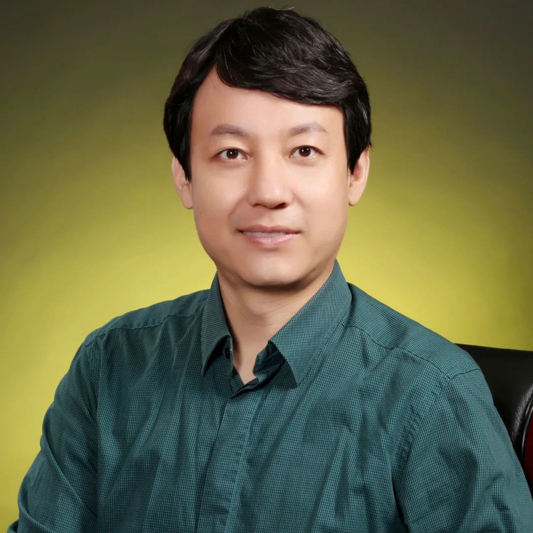Display Method:
- Home
-
About Journal

-
Submission Guideline

- Instructions for Authors
- Editorial Policies
- Open Access Policy
- Publishing Ethics
- Publication Process Flow
- Peer Review Process
- Conflict of interest statement
- Statement of Human and Animal Rights
- Statement of Informed Consent and ethical approval
- Data Sharing Policy
- Statement of Copyright information
- Open Science Identifier (OSID) Recording
- Paper Template
- Handling method for withdrawal
-
Journal Online

-
Hepatobiliary College

-
Guidelines




 Abstract
Abstract HTML
HTML PDF (761KB)
PDF (761KB)




























